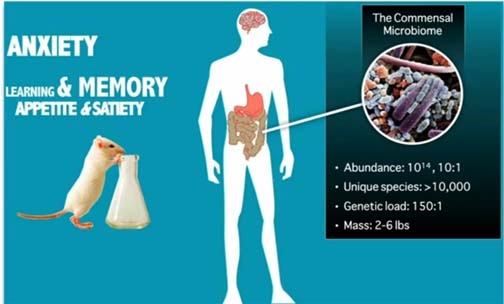
Life Desk :
While many endemic infectious diseases of humans have been largely contained, new microbes continue to come out to threaten human and animal health.
Such emerging infectious diseases are not confined to humans and their livestock but extend to wildlife ecosystems; the finely-tuned dynamic balance of which is destabilised by human interventions. The changes in the scale and manner of livestock production and marketing, the increase of global travel and trade including the trade in domestic livestock as well as the pet animal trade, the increasing encroachment into stable ecosystems and ecological changes, all contribute to novel disease emergence. Over two-third of novel emerging pathogens are zoonotic in origin. Because of their higher intrinsic mutation rates and adaptability in crossing species barriers, RNA viruses are the cause of many of these novel emerging infections.
Economic Impacts
In addition to their impacts on human health, such novel emerging pathogens often have huge economic, social, and sometimes political consequences. Recent examples are the Severe Acute Respiratory Syndrome, SARS (estimated global economic impact was US$42 billion), the Middle East Respiratory Syndrome, MERS, the H1N1 pandemic of 2009, the highly pathogenic avian influenza H5N1 (global impact US$20 billion up to 2009), the avian influenza H7N9, the Nipah virus and (though not a virus) the Bovine Spongiform Encephalopathy, BSE (US$16 billion within UK alone).
Detection, Response and Prevention
While many of these have arisen in Asia, such outbreaks may arise anywhere (e.g. BSE in UK, pandemic H1N1 2009 in North America). Early detection and response is crucial for effective disease containment or mitigation. Bio-surveillance for unusual disease events (unusual disease patterns or clusters of cases) is important to target diagnostic efforts. Networks such as GOARN and Promed have provided yeomen service in this regard, but other options for the “collection and synergistic analysis of data from many sources and the dissemination of actionable information followed by timely decision-making” is the focus of this symposium.
Molecular diagnostics, and more recently, Next Gen “deep-sequencing”, provide greatly enhanced speed and capability for the detection of novel pathogens.
However, it is crucial that “classical” microbiological techniques and expertise are not lost. For example, the traditional methods of virus culture, electron microscopy and detection of serologic responses were crucial in the detection and confirmation of the etiology of SARS1.
Rapid and early assessment of the transmission dynamics and disease severity is important for policy making and calibrated responses; the global response to the 2009 H1N1 pandemic being a case in point2. Identification of the proximate sources of zoonotic infection provides actionable interventions to reduce risk1,3. For example, research on the transmission dynamics of avian influenza viruses within the live poultry marketing chain in Hong Kong provides evidence-based options for control of zoonotic disease caused by H5N1 and H7N9 avian influenza viruses4,5.
Similarly, it is critically important to identify the source of zoonotic MERS coronavirus infection so relevant interventions may be applied to minimise such infection. Surveillance to better define the microbial diversity in domestic livestock and wild-life and research to better understand the ecological, virological and host determinants of inter-species transmission will allow better risk assessment of zoonotic events3,6,7.
As many emerging virus infections arise from animal reservoirs, a “One Health” approach is essential to their containment so that human health benefits are optimized while maintaining food security, safeguarding the economics of animal husbandry, preserving the environment and remaining sensitive to cultural practices4. Such “upstream interventions” may provide options to contain novel emerging infections “at source”.

